Login
SubscribeDaily News

Sylvy Kornberg: Biography of a Biochemist
Diana Kwon | Jun 13, 2017 | 4 min read
The Scientist identifies a mystery woman in a historic photo as an accomplished researcher from a family of famous scientists whose experiments on DNA replication contributed to a Nobel prize.

Making Public Data Public
Ruth Williams | Jun 8, 2017 | 4 min read
Computational scientists develop a system for spotting data overdue for public release, and end up getting hundreds of open-access datasets corrected.

ASM to Discontinue Small Conferences
Diana Kwon | Jun 6, 2017 | 3 min read
Numerous scientists are disappointed with the American Society for Microbiology’s decision, and some are hatching plans to keep the meetings alive.

Mammals May Have a 12-Hour Clock
Ashley Yeager | Jun 6, 2017 | 3 min read
Data point to peaks in gene expression in the morning and evening that are distinct from day-night circadian cycles.

Insect Cuticle Aids Spiders’ Traps
Sandhya Sekar | Jun 2, 2017 | 4 min read
Prey stick to orb-weaver spider webs because their waxy outer layers mesh with spider silk to form a matrix glue.
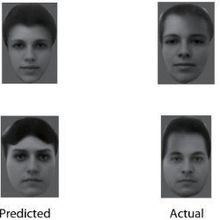
Primates Use Simple Code to Recognize Faces
Abby Olena, PhD | Jun 1, 2017 | 3 min read
Researchers could reconstruct the faces a monkey saw from the patterns of neuronal activity in a certain area of the brain.

Deep Brain Stimulation Without Surgery
Aggie Mika | Jun 1, 2017 | 4 min read
Using interfering high-frequency currents applied to the surface of the mouse skull, scientists can noninvasively target brain regions buried below the cortical surface.

Entire Fruit Fly Brain Imaged with Electron Microscopy
Ashley Yeager | May 31, 2017 | 3 min read
Synaptic connections and a new neuron type emerge in high-res images, which hold promise for mapping the complete connectome.
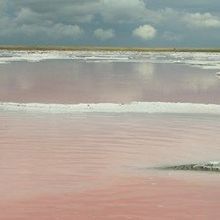
Researchers Discover Salt-Loving Methanogens
Abby Olena, PhD | May 26, 2017 | 3 min read
Two previously overlooked archaeal strains fill an evolutionary gap for microbes.

Male Fish Borrows Egg to Clone Itself
Ruth Williams | May 23, 2017 | 3 min read
A fish created by spontaneous androgenesis is the first known vertebrate to arise naturally by this asexual reproductive phenomenon.

Science Advocates Frustrated by President’s Budget
Kerry Grens | May 23, 2017 | 3 min read
Congress is not expected to fully enact the proposed cuts to research and public health programs.

Bacterial Photography Goes Technicolor
Erin Hare | May 22, 2017 | 3 min read
Genetically engineered "disco bacteria" sense and respond to different colors of light, creating both stunning art in the culture dish and new possibilities for synthetic biology.
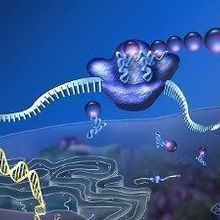
How Statistics Weakened mRNA’s Predictive Power
Ruth Williams | May 22, 2017 | 3 min read
Transcript abundance isn’t a reliable indicator of protein quantity, contrary to studies’ suggestions.

A Coral to Outlast Climate Change
Ashley P. Taylor | May 18, 2017 | 3 min read
Stylophora pistillata, a reef coral in the Northern Red Sea, thrived in simulated global-warming conditions.

Ebola Survivor’s Antibodies Thwart Multiple Viral Strains
Kerry Grens | May 18, 2017 | 3 min read
The antibodies bind conserved viral parts, allowing them to neutralize all five Ebola types.
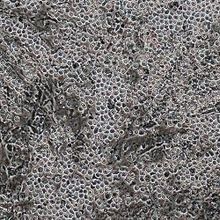
Blood Stem Cells Grown in the Lab
Ashley Yeager | May 17, 2017 | 3 min read
Researchers identify transcription factors and environmental conditions necessary to reprogram human and mouse cells into cells that function like hematopoietic stem cells.

Study Bucks Belief that Oxidative Stress Is Bad for Pregnancy
Jef Akst | May 16, 2017 | 2 min read
Mouse experiments indicate that, contrary to observations in pregnant women, reactive oxygen species contribute to normal placental development.

Fate of Rat's Sex is Flexible
Abby Olena, PhD | May 12, 2017 | 3 min read
Induced pluripotent stem cells from the tail of a female spiny rat can differentiate into male or female germ cells, outlining a possible escape route from extinction for this endangered species.
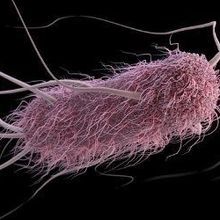
Ancient Protein Helps E. coli Thwart Viral Attack
Ashley Yeager | May 9, 2017 | 3 min read
When engineered to use a four-billion-year-old version of the protein thioredoxin, the bacteria can stall bacteriophage replication, a new study shows.

From Smugglers to Scientists: New Dino Species Described
Erin Hare | May 9, 2017 | 4 min read
The infamous "Baby Louie" embryo is a giant oviraptorosaur fossil from China that resembled a gargantuan bird.